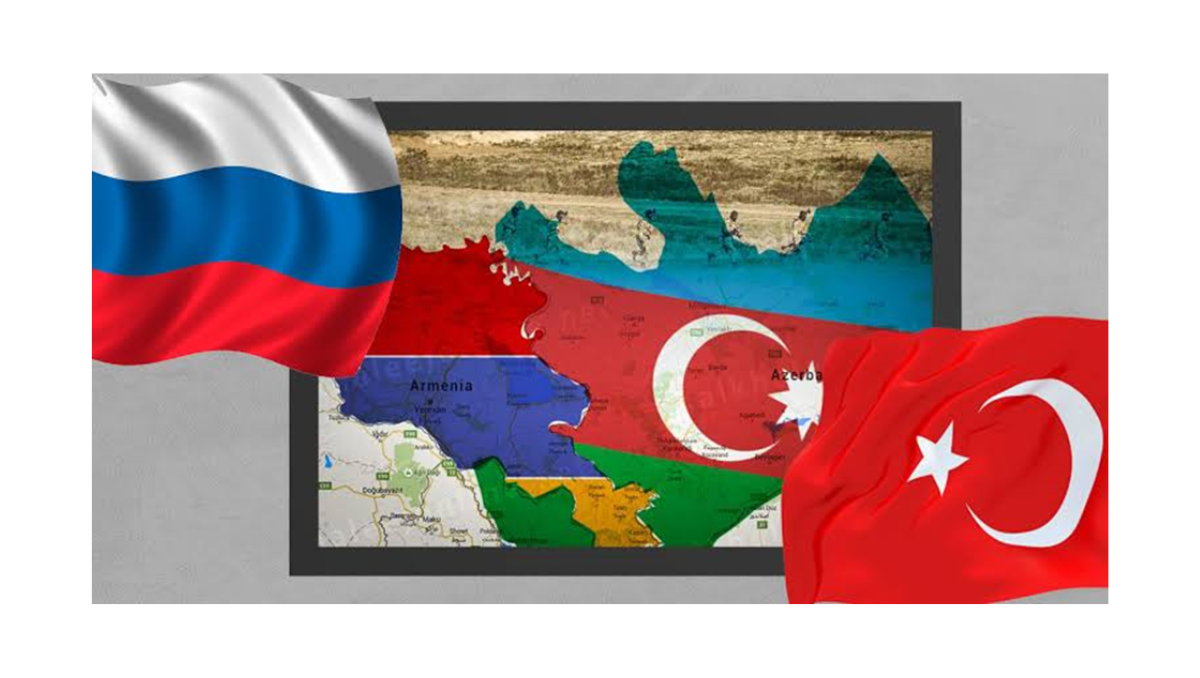Peace between Armenia and Azerbaijan was facilitated by Moscow.
By signing the peace treaty after a savage conflict, Armenia and Azerbaijan reiterated their history on September 15, 2022. Currently, both countries have seen four significant confrontations in 1992-1994, 2016-2020, and 2022, with Russia mediating cease-fire agreements only in three instances.
The dispute over control of the Nagorno-Karabakh territory, which is frequently brought up, has always been the root of the problem. The role that Russia played in mediating peace agreements and the legitimacy of Russian-negotiated peace agreements, however, are of greater value.
The first Peace agreement of May 12, 1994: Although the “Organization of Security Cooperation in Europe (OSCE) Minsk Group” oversaw the peace discussions in 1992, it was Russia that brought about their resolution in 1994.
The second Peace agreement of Apr 5, 2016: the two nations negotiated the ceasefire by themselves, but neither side adhered to it, and the conflict persisted until 2020 when Russia intervened to bring about peace.


Russia once more served as the mediator for the third Peace Agreement of November 20, 2020 and the fourth Peace Agreement of September 15, 2022.
Armenia – Azerbaijan conflict timeline in short
Before the Russian Empire successively invaded Armenia, Azerbaijan, and Nagorno-Karabakh/Mountainous Karabakh were three separate monarchies.
– 1806: The Russian Empire annexed the Karabakh-Khanate.
– 1826-28: The Russian Empire seized Armenia.
– 1920: The USSR seized Azerbaijan.
Also read – Nagorno-Karabakh | History, Map, & Conflict | Britannica
When the Russian Empire was at war with Persia and Armenia in the early 1820s, it allowed Armenians to immigrate into the Nagorno-Karabakh region.
The Russian regime, however, fell with the Bolshevik/October revolution in 1917 (by the end of World War I), and the Transcaucasian Federation, which included the three areas and other neighboring nations, was established.

At this time, a conflict between Armenia and Azerbaijan over Nagorno-Karabakh had also started.
However, between 1921 and 1922, the USSR was able to successfully subdue the Transcaucasian Federation, and this led to a peace treaty that granted all three countries autonomous status.
However, the ethnic Armenians in the Karabakh region joined the Dominion of Armenia in 1988, which was vehemently opposed by Azerbaijan.
After the USSR’s fall in 1990–1991, the historically emboldened foes once more engaged in combat, which was finally resolved in 1994 (as discussed initially).
Why is Russia interfering
Russia has certain obligations and opportunities in the region:
- Russia is the main force behind the political, geographic, and ethnic changes in the Caucasus region.
- To combat NATO’s expansion after the dissolution of the USSR, Russia founded the Collective Security Treaty Organization (CSTO) in 1992 with a few other former Soviet states.
- Originally, both Armenia and Azerbaijan were members; however, Azerbaijan withdrew in 1999 (along with Georgia and Uzbekistan).
- Article – 4 of CSTO works on the principle of mutual defense similar to Article – 5 of NATO.
- Under CSTO Russia has established its 102nd Military base in Gyumri of Armenia, which is fostered by the Armenian governor administration.
Revealing the unseen political agenda of Russia
Several times, Armenia has condemned Russia for failing to support it as required under the CSTO.
In any dispute between the two countries, Russia chooses to avoid escalating the situation and instead negotiates a settlement (as witnessed in 1994 and 2020).
Russia does not want to harbor hostility toward Azerbaijan because NATO may exploit the occasion to further polarize Azerbaijan.
Due to its objectives in the Ukraine war and the burden of the western sanctions, Russia was still hesitant to aid and instead urged for de-escalation.
Present allies of the adversaries
For their gas needs, Turkey and the EU are dependent on Azerbaijan, and even during the 2020 hostilities, Turkey-backed Azerbaijan militarily.

China is willing to expand BRI to connect Iran through Armenia – Azerbaijan has received certain Chinese BRI investments which began in 2013 through the Baku-Tbilisi-Kars railway and Alat Free Economic Zone created within Alat International Sea Trade Port aiming to have seamless connectivity from Beijing to Europe.
Also, read – 1. Recent Developments in the Baku-Tbilisi-Kars Railway Project – ERI
2. Can China Broker the Resolution of the Armenia-Azerbaijan Conflict? – The Diplomat


What might be the future path of bilateral ties between Armenia and Azerbaijan given the current turbulence in the Eurasian continent, the issues of global warming, counterterrorism, and cybersecurity are taking a backseat, and the debt trap investments are likely to envelop the globe?
Comment your views below, thankyou
Read More – Russia says negotiated ceasefire between Armenia, Azerbaijan













